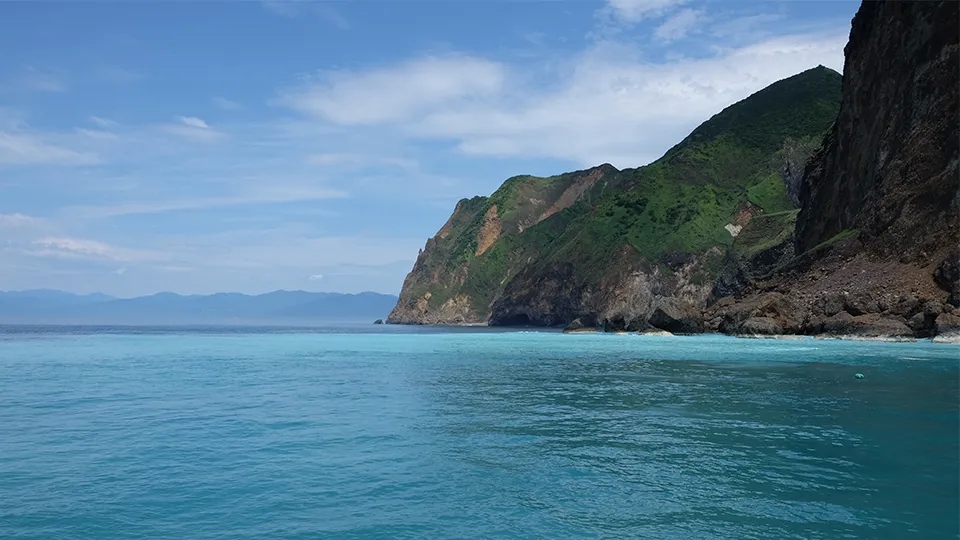We reach more than 65,000 registered users in Dec!! Register Now

Microorganisms employ a secret weapon during metabolism
- May 28, 2025
- 3 Views
- 0 Likes
- 0 Comment
Extremely harsh conditions can be found even in shallow marine waters. A common cause for this is the presence of hydrothermal systems where dissolved materials from the Earth’s interior make their way to the surface. These systems are usually the only energy source in the deep sea because photosynthesis is not possible in the dark depths. Hydrothermal vents, however, also occur in shallow coastal regions, for example, near the volcanic island of Kueishantao in eastern Taiwan. The island is surrounded by hydrothermal vents in shallow water, at depths of around ten meters. Hot and acidic water rises to the surface here and alters the sea-water chemistry. This results in extreme conditions.
“These chimneys release super-heated, highly acidic water into the overlying water columns. One might think that such an extreme location is lifeless, but it is actually full of life because at the same time the vents are constantly producing chemical energy in the form of reduced chemical compounds,” says Joely Maak, first author of the study and a PhD student at MARUM. One of the predominant organisms at these hydrothermal systems is a microorganism called Campylobacteria. Its “secret weapon”, as Maak refers to it, is the reductive tricarboxylic acid (rTCA) cycle. This cycle is a biochemical pathway for transferring carbon into organic molecules and biomass. Compared to the more widely utilized Calvin cycle, organisms using rTCA do not have to go through as many energy-intensive steps. That is the secret weapon that makes it possible for them to predominate in this extreme environment.
“The analysis of isotope ratios has enabled us to track the carbon fixed using this 'secret weapon' even into the crab that lives there - a transfer that could not be detected in this way before,” explains Dr. Solveig Bühring of MARUM, a senior author of this study.
The study is an integral element of research within the current Cluster “The Ocean Floor – Earth’s Uncharted Interface”. The main objective here is to gain a better understanding of ocean-floor ecosystems under changing environmental conditions and material cycles.
More information:
- An article about the paper including a video abstract: https://bg.copernicus.org/articles/22/1853/2025/bg-22-1853-2025.html
Original publication:
Joely M. Maak, Yu-Shih Lin, Enno Schefuß, Rebecca F. Aepfler, Li-Lian Liu, Marcus Elvert, and Solveig I. Bühring: The energy-efficient reductive tricarboxylic acid cycle drives carbon uptake and transfer to higher trophic levels within the Kueishantao shallow-water hydrothermal system. Biogeosciences 2025. DOI: https://doi.org/10.5194/bg-22-1853-2025Contact:
Joely MaakMARUM – Center for Marine Environmental Sciences, University of BremenTelephone: 0421 21865585Email: jmaak@marum.de
Dr. Solveig I. BüringMARUM – Center for Marine Environmental Sciences, University of BremenTelephone: 0421 21865964Email: sbuehring@marum.de

List of Referenes
- Joely M. Maak, Yu-Shih Lin, Enno Schefuß, Rebecca F. Aepfler, Li-Lian Liu, Marcus Elvert, Solveig I. Bühring. The energy-efficient reductive tricarboxylic acid cycle drives carbon uptake and transfer to higher trophic levels within the Kueishantao shallow-water hydrothermal system. Biogeosciences, 2025; 22 (7): 1853 DOI: 10.5194/bg-22-1853-2025
Cite This Article as
No tags found for this post









